About
About Rani
Rani Gilat – Contemporary Ceramic Artist
Rani Gilat is a contemporary ceramic artist specializing in working with porcelain, which he refers to as “the king of clay.” In his works, he strives for simplicity and purity of form, utilizing advanced techniques. Alongside the delicate porcelain, he also works with very coarse clay, creating a unique contrast between rough textures and delicate elements such as gold.
Gilat holds a Bachelor of Fine Arts (BFA) degree from the Bezalel Academy of Arts and Design and a master’s degree (MA) in Arts from Tel Aviv University.
Between 2012–2017, he served as the Chairman of the Israeli Ceramicists Council and is considered an expert in special ceramic firing, luster technics and working with porcelain.
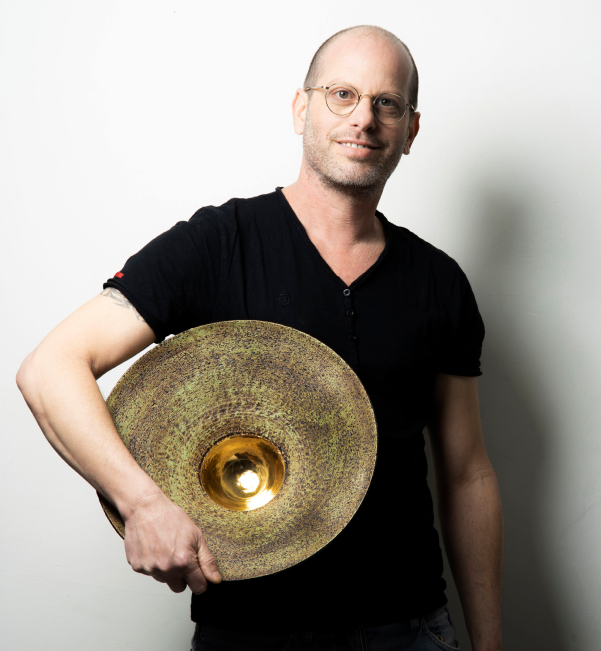
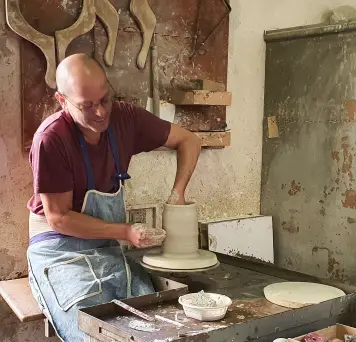
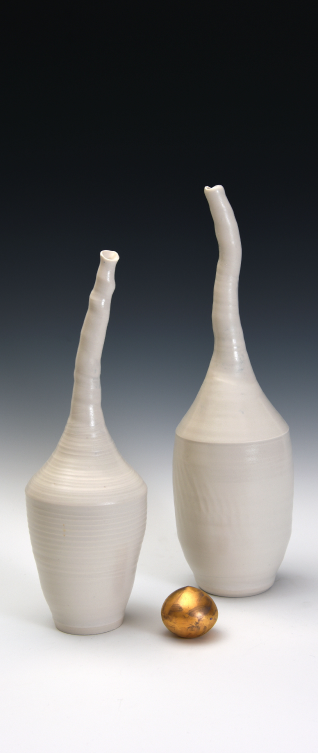
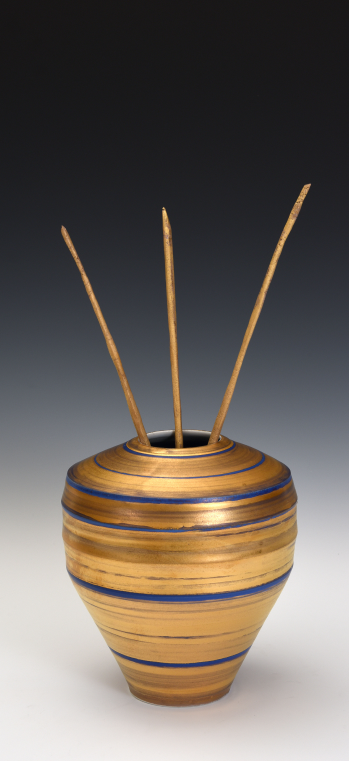
Currently, Gilat teaches at Benyamini Center for Contemporary Ceramics in Tel Aviv, as well as in his private studio in Tel Aviv. Additionally, he initiated and leads the “Gilat Project” – an artistic initiative aimed at raising awareness for the HIV-positive community.
In the past, he was a partner in the Ruach Kadim Gallery in Jerusalem and the Shlush Shloshim Gallery in Tel Aviv. Today, he exhibits his works in various galleries across Israel and at his own gallery at 5 Shalom Aleichem st. In Tel Aviv
Gilat is a member of the Association of Plastic Artists in Israel.
In his creations, Gilat combines contemporary design with traditional techniques, producing pieces that reflect precision, emotion, and artistic purity, while maintaining uniqueness and innovation.
My Exhbitions
2020 – 2023
Exhbitions
- Tel Aviv Biennale for Craft & Design, Erezt Israel Museum, Tel Aviv, Israe / 2023
- Tel Aviv Biennale for Craft & Design, Erezt Israel Museum, Tel Aviv, Israel / 2020
- “Out Of Line”, Benyamini Contemporary Ceramics Center, Tel Aviv, Israel / 2020
- “Spirit in Mater”, ID Design, Bnei brak, Haifa, Natanya, Jerusalem, Israel / 2020

2016 – 2019
Exhbitions
- “Faenza”, Solo Exhibition, Carlo Zuali Museum, Faenza, Italy / 2019
- “Not Every Thing is Gold”, Artist borough, Kiryat Tivon, Israel / 2018
- “Corrosion” Solo Exhibition, BY5 Gallery, Tel Aviv, Isarel / 2018
- “Porcelain & More”, 8 in Jaffa Gallery, Solo Exhibition, Jaffa, Israel / 2017
- The 8th Israel Ceramics Biennale, Eretz Israel Museum, Tel Aviv, Israel /2016
- “Secret Art”, Leomi Bank, Tel Aviv, Israel / 2016

2011 – 2015
Exhbitions
- “Equilibrium”, SOLO Exhibition, BauHausFicsher, Wuppertal Germany / 2015
- “INHOUSE”, Benyamini Contemporary Ceramics Center / 2015
- “The White Material” – Contemporary Porcelain Sculpture, Wilfrid Israel Museum, Kibutz Hazorea, Israel / 2015
- “On The Shelf’s”, Benyamini Contemporary Ceramics Center / 2015
- “The Corridor”, Tel Hashomer Hospital / 2015
- “The Feast”, The Nahariya Water Tower, Naharia, Israel / 2014
- “Sal Tzricha”, Akashi Museum, Ako, Israel / 2014.
- “Sal Tzricha”, Benyamini Contemporary Ceramics Center, Tel Aviv, Israel. / 2013
- The 7th Israel Ceramics Biennale, Eretz Israel Museum, Tel Aviv, Israel. /2013
- “Gilat Project”, Poalim Bank, Tel Aviv, Israel / 2013
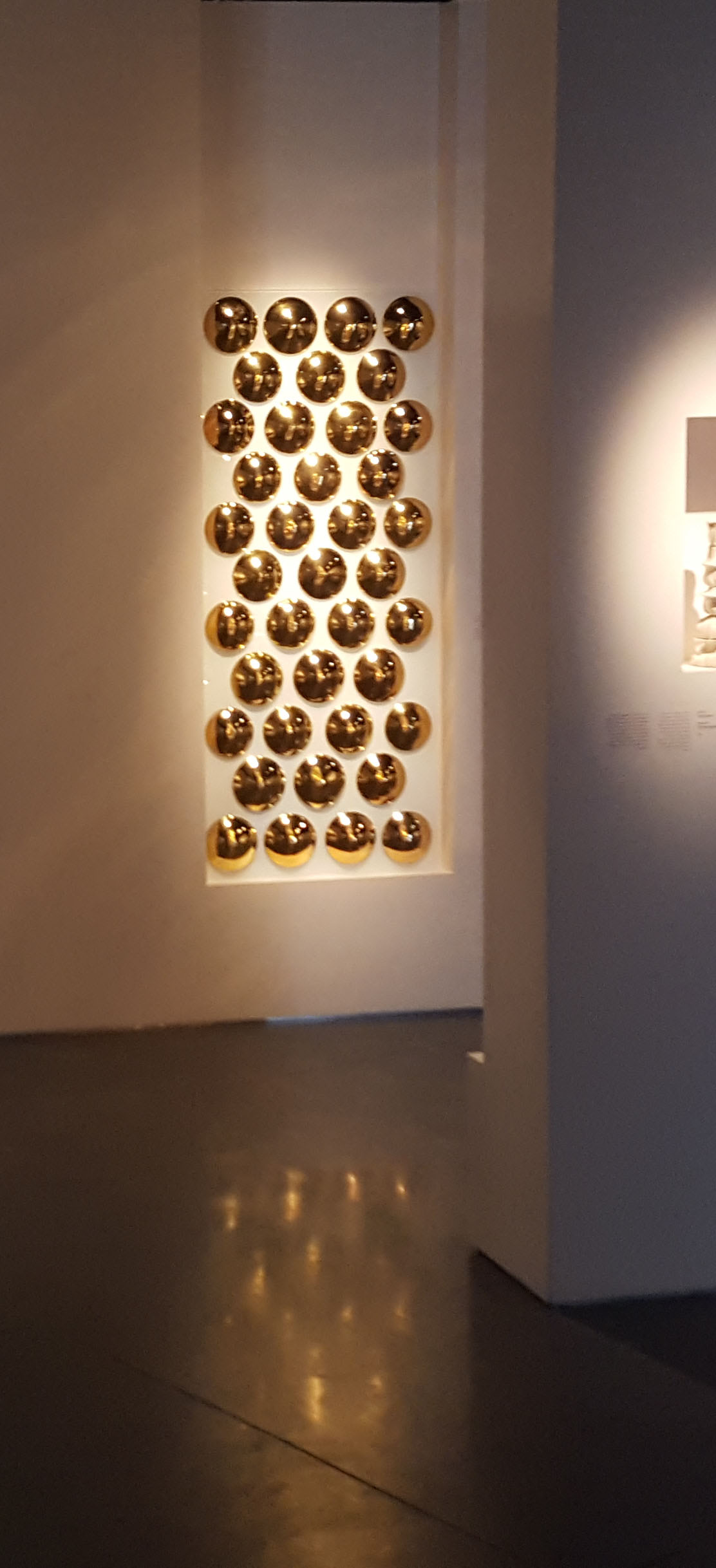
2006 – 2010
Exhbitions
- Bezalel, Jerusalem / 2010
- Tel Aviv Opera House, Tel Aviv, Israel / 2010
- Artist House, Tel Aviv, Israel / 2010
- Henkin Gallery, Holon, Israel. / 2010
- Metula Museum, Metul, Israel / 2006
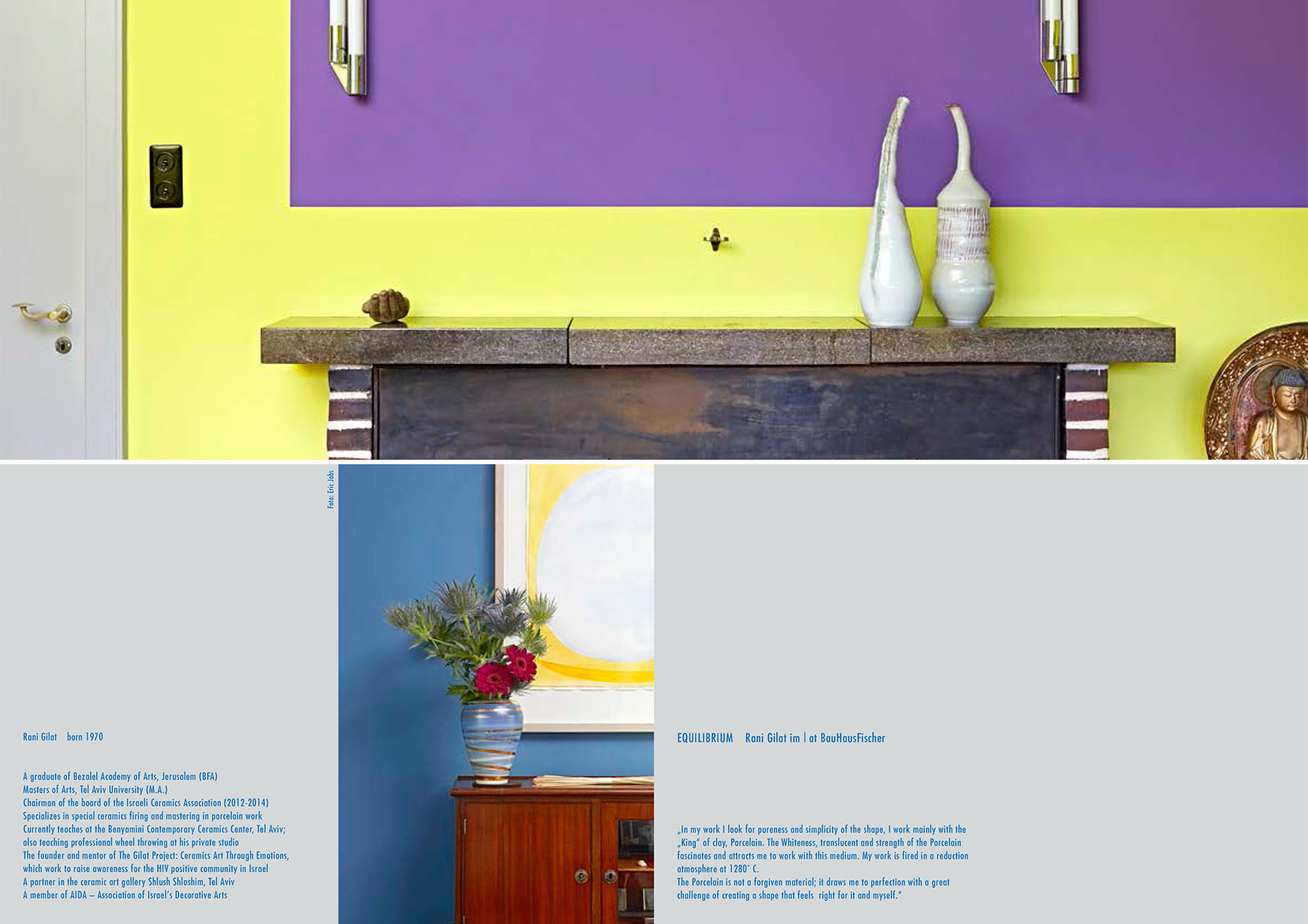
My Exhbitions

2022 – 2023
Exhbitions
- Tel Aviv Biennale for Craft & Design, Erezt Israel Museum, Tel Aviv, Israe / 2023
- Tel Aviv Biennale for Craft & Design, Erezt Israel Museum, Tel Aviv, Israel / 2020
- Out Of Line”, Benyamini Contemporary Ceramics Center, Tel Aviv, Israel / 2020
- Spirit in Mater”, ID Design, Bnei brak, Haifa, Natanya, Jerusalem, Israel / 2020

2016 – 2019
Exhbitions
- Faenza”, Solo Exhibition, Carlo Zuali Museum, Faenza, Italy / 2019
- Not Every Thing is Gold”, Artist borough, Kiryat Tivon, Israel / 2018
- Corrosion” Solo Exhibition, BY5 Gallery, Tel Aviv, Isarel / 2018
- Porcelain & More”, 8 in Jaffa Gallery, Solo Exhibition, Jaffa, Israel / 2017
- The 8th Israel Ceramics Biennale, Eretz Israel Museum, Tel Aviv, Israel /2016
- The 8th Israel Ceramics Biennale, Eretz Israel Museum, Tel Aviv, Israel /2016
- Secret Art”, Leomi Bank, Tel Aviv, Israel / 2016
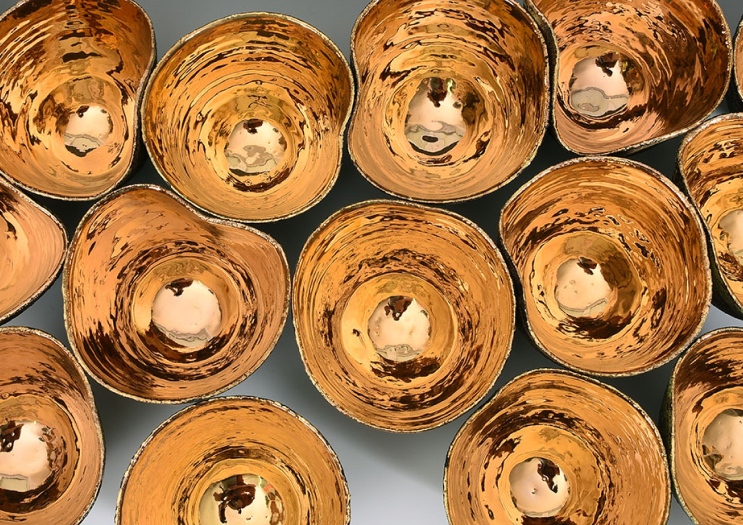
2011 – 2015
Exhbitions
- Equilibrium”, SOLO Exhibition, BauHausFicsher, Wuppertal Germany / 2015
- INHOUSE”, Benyamini Contemporary Ceramics Center / 2015
- The White Material” – Contemporary Porcelain Sculpture, Wilfrid Israel Museum, Kibutz Hazorea, Israel / 2015
- On The Shelf’s”, Benyamini Contemporary Ceramics Center / 2015
- The Corridor”, Tel Hashomer Hospital / 2015
- The Feast”, The Nahariya Water Tower, Naharia, Israel / 2014
- Sal Tzricha”, Akashi Museum, Ako, Israel / 2014.
- Sal Tzricha”, Benyamini Contemporary Ceramics Center, Tel Aviv, Israel. / 2013
- The 7th Israel Ceramics Biennale, Eretz Israel Museum, Tel Aviv, Israel. /2013
- Gilat Project”, Poalim Bank, Tel Aviv, Israel / 2013
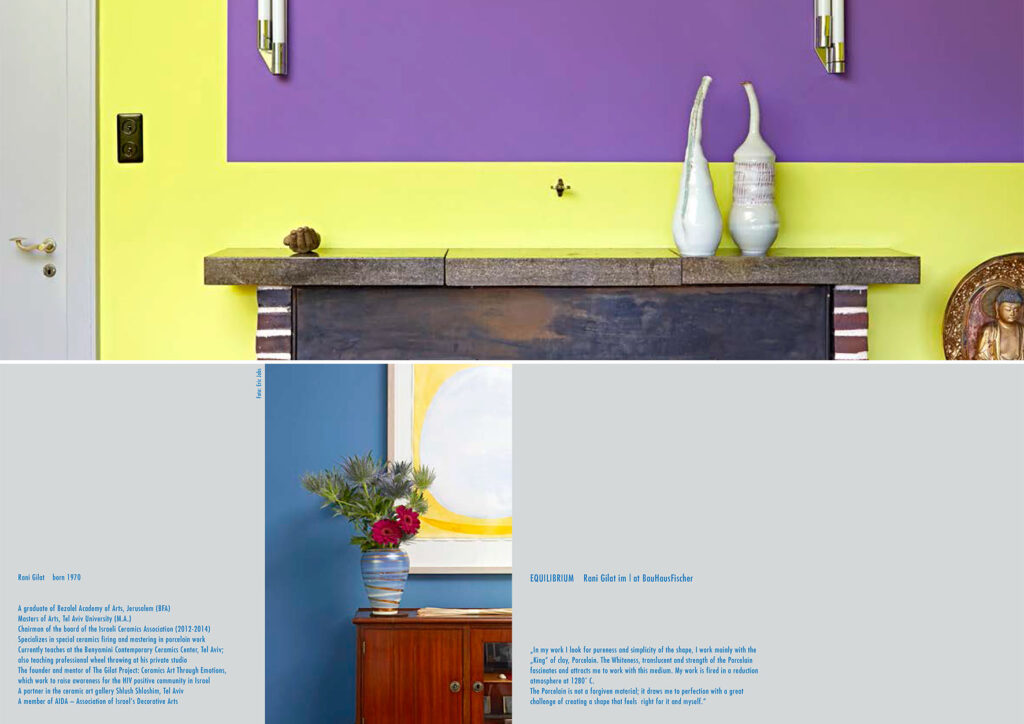
2006 – 2010
Exhbitions
- Bezalel, Jerusalem / 2010
- Tel Aviv Opera House, Tel Aviv, Israel / 2010
- Artist House, Tel Aviv, Israel / 2010
- Henkin Gallery, Holon, Israel. / 2010
- Metula Museum, Metul, Israel / 2006

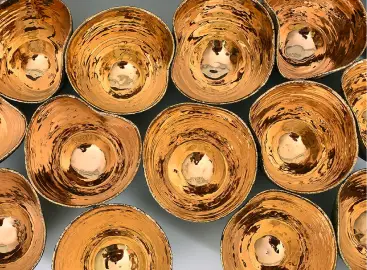
About My Studio
The studio is located at 5 Shalom Aleichem Street in Tel Aviv, close to the sea and in the heart of a vibrant neighborhood. This is a large and spacious studio operating on three floors: on the first floor is an exhibition gallery where my works are displayed, another floor is dedicated to a professional kiln, and the largest floor – the main workspace, the studio itself.
In the studio, I create and teach groups of students various ceramic techniques: working on pottery wheels, slab work, and for professionals, working with porcelain clay. The students who come to me are from all levels – from beginners to those with extensive experience and knowledge, and indeed, some of them even exhibit their creations in galleries and various venues throughout the country. The studio is well-equipped with all the equipment and materials needed for ceramic work, from small and simple projects to complex and challenging works. Each student enjoys my professional knowledge, personal guidance, and a supportive and enriching atmosphere.
The uniqueness of the studio lies in the combination of professionalism, creative openness, and a diverse community – everyone can find their place here, experiment, develop, and create in a pleasant and professional environment.
Leave me a message
I will back to you soon as posible

